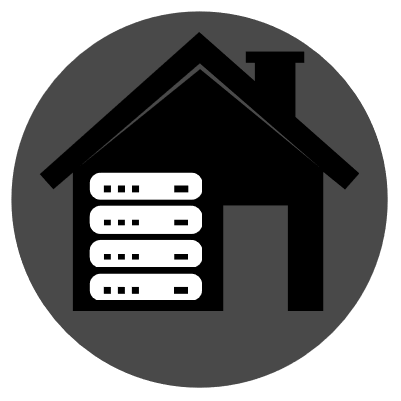Cost will depend on how you go about the change. The cheapest change would be to scrape it all and the paint the smooth wall. Add some cost to scraping and then applying a different texture. Alternatively, you could just drywall over the existing g texture to start fresh. But, that’s both cost and labor intensive. Scraping only costs some sweat equity.
- 0 Posts
- 15 Comments
 2·5 months ago
2·5 months agoI’ve had a cable modem munched by a power surge. The coax was the only vulnerable point and the modem got hit.
 32·5 months ago
32·5 months agoA surge protected circuit breaker is a thing: https://www.siemens.com/us/en/products/energy/low-voltage/residential-circuit-breakers/surge-protection-breakers.html

 2·1 year ago
2·1 year agoRight. You kind of want your bare metal OS as vanilla as possible. If you need to nuke and pave, you don’t need to worry about re-applying various configs. Additionally, on a theoretical level, if there’s a bug in something on the bare metal OS, the separation provided by VMs and containers should mean it doesn’t affect the the apps in those VMs / containers.
That seems easier - at least to me - than keeping track of configs in text files or even Ansible playbooks.

 1·1 year ago
1·1 year agoI love the Enbrighten stuff. It’s not WiFi, but it’s local.

 1·1 year ago
1·1 year agoCurious how this is distinct from SimpleX.
 8·1 year ago
8·1 year agoLooks like work you’d get out of 98% of pros. I’m fine with my mistakes and imperfections. It’s the ones I pay others for that piss me off.
PO is always a dumbass, lazy SOB
 4·2 years ago
4·2 years agoDo you mean you want to remove the box and leave the wiring in the ceiling? I believe it’s code in most places that you have to make wire splices like that accessible and not just shoved behind drywall. So, in your case, code would require you to leave it as-is, with the wires capped behind a blank cover plate.
If you REALLY want it gone, you could get into the attic and pull the wires back into a junction box mounted to a rafter or joist. Then, patch the ceiling drywall.
Probably easier to just cap the wires and add a blank cover.

 1·2 years ago
1·2 years agoI put my UPSes on generic rails that support it from the sides. I just wasn’t comfortable with the cage nuts and bolts taking the full stress of the UPS in my rack.
Well, if the interior switch is bad, the device (outlet or otherwise) would never turn on. I’d start by confirming that power is coming into the switch (LINE), and power if leaving the switch in the ON position (LOAD). One of those voltage detectors can do that. If you know the LOAD is good, then use the voltage detector on the suspected lights.
You sure that mystery switch doesn’t turn on the outlet mounted on the exterior (upper left) ?

 21·2 years ago
21·2 years agoNot that I’m aware of. You’d interact with the password database via another app.

 10·2 years ago
10·2 years agoBased on your criteria, I would suggest you use something like Keepass with the DB synced via Nextcloud. This allows you access to the local DB file if NC goes offline.

Scraping means to scrape it off so as to expose the drywall underneath. But, it will be much much harder if it’s already painted. Your contractor has the right idea. Skim coat it or put new drywall over it. Probably cheaper, too, if you’re paying for the labor.